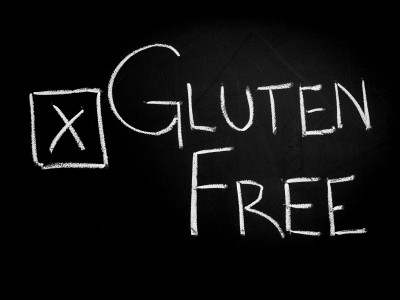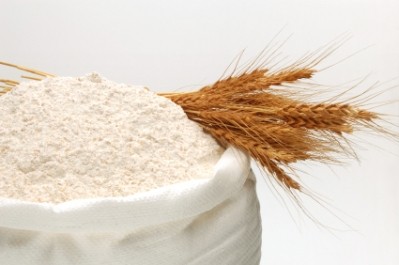European gluten-free thresholds are working to protect coeliacs, study finds

The threshold for gluten-free foods was introduced across the EU on January 1, 2012, in an effort to reduce the cumulative effect of low-level gluten presence for those with coeliac disease, an autoimmune disorder with symptoms triggered by gluten, the major protein found in wheat, rye, barley and spelt.
Under the legislation, foods can be labelled as ‘gluten-free’ if they contain less than 20 mg of gluten per kilogram, and can be labelled as ‘very low gluten’ if they contain less than 100 mg per kilogram.
The researchers behind this latest study measured gluten traces in gluten-free foods in four countries – Italy, Spain, Germany and Norway – and assessed the probability of adverse effects for people with coeliac disease (CD) consuming these products.
“Because a minimal degree of gluten contamination is difficult to avoid in the daily diet, the concept of a “daily tolerable intake” of gluten has received special attention,” they wrote. “According to recent systematic reviews, a daily intake of 10–50 mg gluten is unlikely to cause significant histologic abnormalities. First, this threshold should not be exceeded by the consumption of GF wheat substitutes specifically marketed for CD patients.”
They assessed 205 commercially available gluten-free foods, including pasta, bread and flour, and found that 99.5% of these contained less than 20 mg of gluten per kilogram. In addition, 94% had a concentration below the limit for quantification (5 mg/kg).
The researchers concluded that the risk of damage to the intestinal mucosa through consumption of gluten-free products was “very low”, even in the modelling of a worst-case scenario, at which the researchers calculated that 0.47% of those with coeliac disease could be at risk of an adverse reaction.
Source: American Journal of Clinical Nutrition
Published online ahead of print. doi: 10.3945/ajcn.112.047985.
“Might gluten traces in wheat substitutes pose a risk in patients with celiac disease? A population-based probabilistic approach to risk estimation”
Anna Gibert, Astrid G Kruizinga, Susanna Neuhold, Geert F Houben, Miguel A Canela, Alessio Fasano, and Carlo Catassi

















